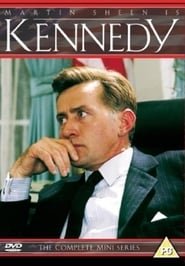Daily Time Capsule
kennedy
Hey!
Welcome to We love the Eighties Community!
Thanks for visiting our 80s paradise. At We Love the Eighties we celebrate everything that made the 1980s unforgettable, from classic music and blockbuster movies to retro TV shows, vintage video games, pop culture icons, and bold fashion trends. Take a trip down memory lane with our Retro Rewind flashbacks, join in on nostalgic forum discussions, and share your favorite memories from the greatest decade ever. Guests can browse a few threads, but full access requires registration. Ready to relive the magic of the 80s? Sign up today and become part of our passionate eighties community.
-

Kennedy (1983)
Title: Kennedy Genre: Drama,War & Politics Cast: Martin Sheen,Kevin Conroy,Charles Brown,Nesbitt Blaisdell,Peter Boyden,Kent Broadhurst,James Burge,William Cain,Joanne Camp,Kelsey Grammer,Veronica Castang,Frances Conroy,Al Conti,John Shea,E.G. Marshall,Geraldine Fitzgerald,Vincent...- Pete
- Thread
- 80s television shows 80s tv kennedy
- Replies: 0
- Forum: 80s Television Guide










